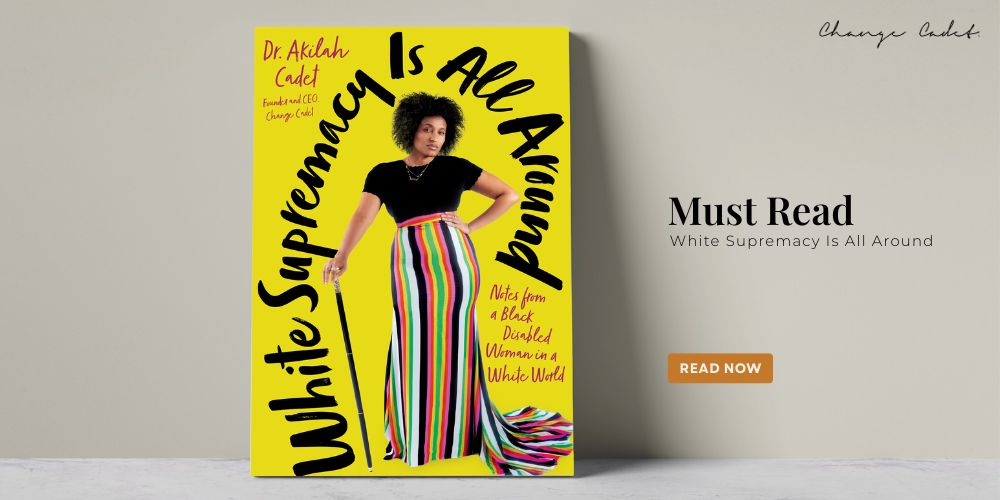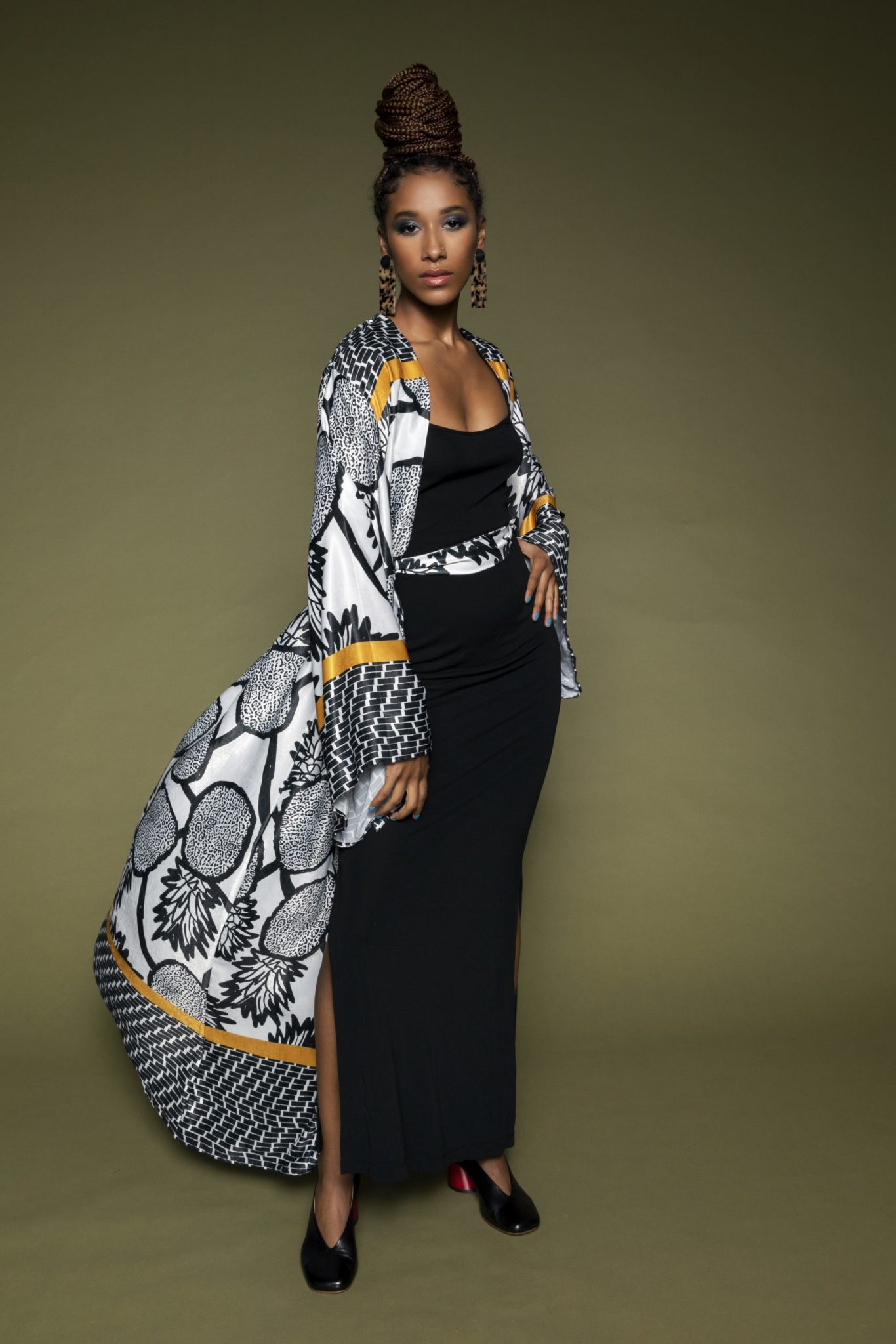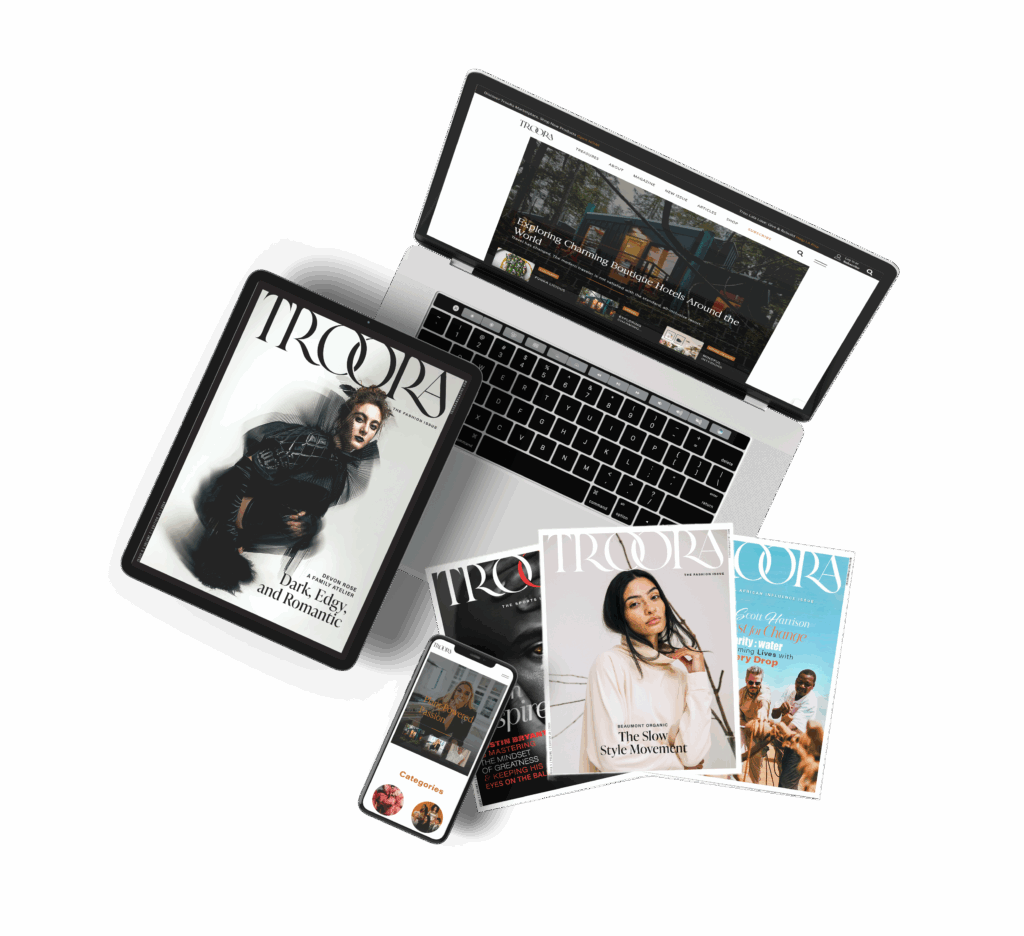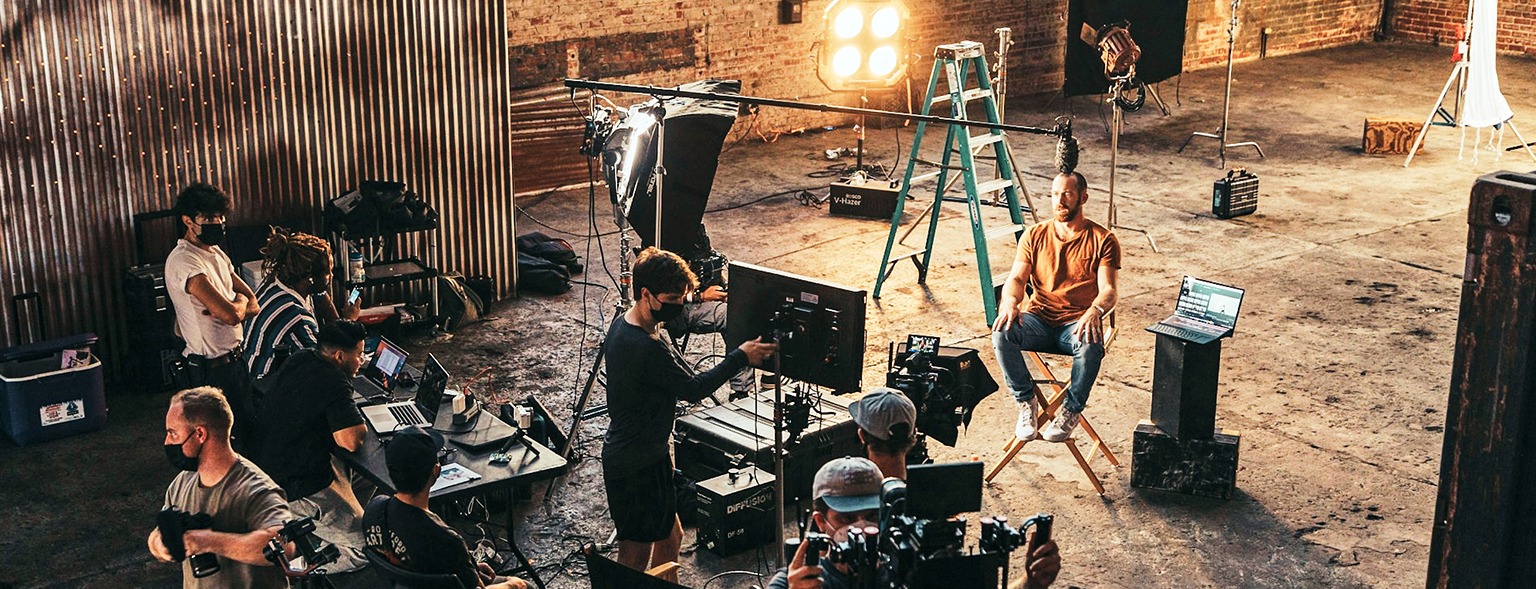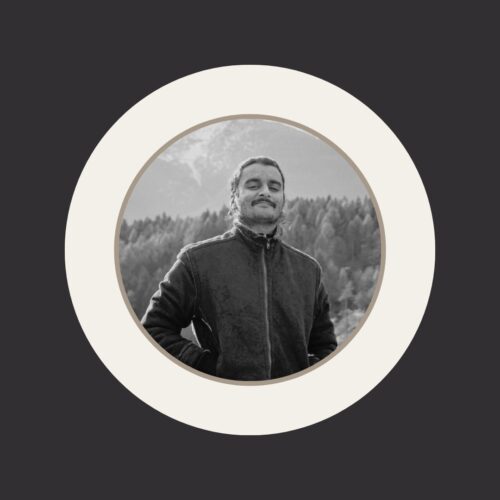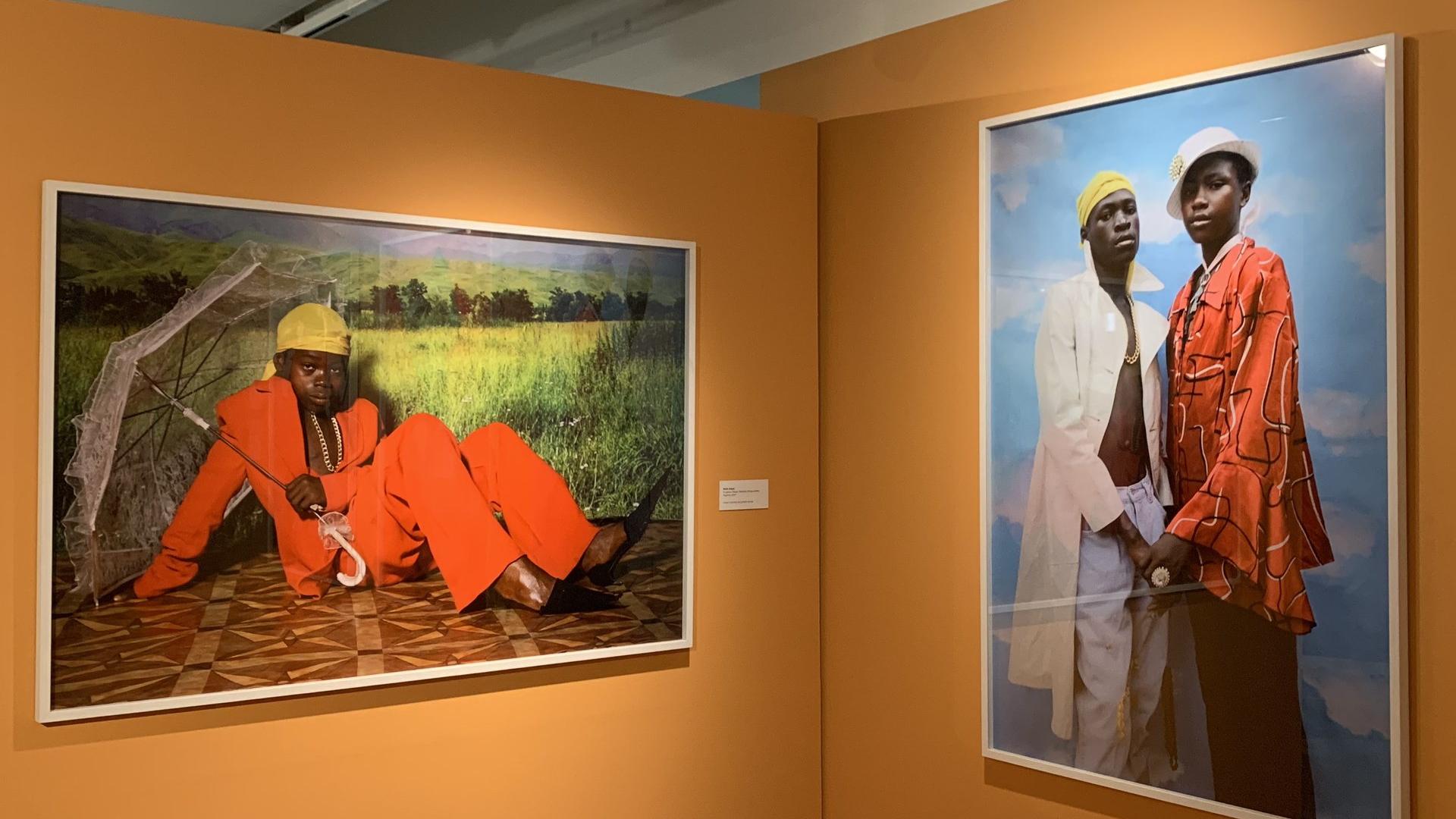Before the read
AI is quietly replacing many behind-the-scenes jobs, changing how movies are made in ways most audiences never see.
From VFX specialists to storyboard artists and makeup teams, AI is taking over tasks once led by skilled human hands.
While AI promises speed and savings, many argue it’s stripping creativity from the production process instead of enhancing it.
As artificial intelligence reshapes the industry, the creatives of Hollywood face a major threat to their craft.
Artificial intelligence (AI) is rapidly transforming Hollywood but not how the headlines tell us. When we talk about AI taking jobs, we tend to focus on the sexy ones. Like actors or writers. But there’s a much bigger disruption happening behind the scenes. Roles like VFX artists, storyboard illustrators, sound designers, makeup artists, and assistants are being replaced by AI tools that have been designed to cut costs and speed up production.

Roles at Risk and How AI Is Replacing Them
Hollywood’s problem is growing slowly behind the camera. As artificial intelligence is integrated even further into film and television production, it’s just not changing how stories are told, but who gets to tell them. While most of the public light has been shed on actors and writers, the real story is in those roles no one ever thinks of.
Visual Effects (VFX) Artists are seeing a good part of their work replaced by AI because now, creating explosions, de-aging characters, and creating a tsunami are only some of the effects that can be developed by a few simple prompts.
Concept Artists and Storyboard Artists are being undercut by tools such as Midjourney and DALL.E, that churn out incredible designs within a matter of minutes. According to the UK’s Society of Authors (SoA), about 25% of illustrators reported that they’ve lost work due to generative AI.
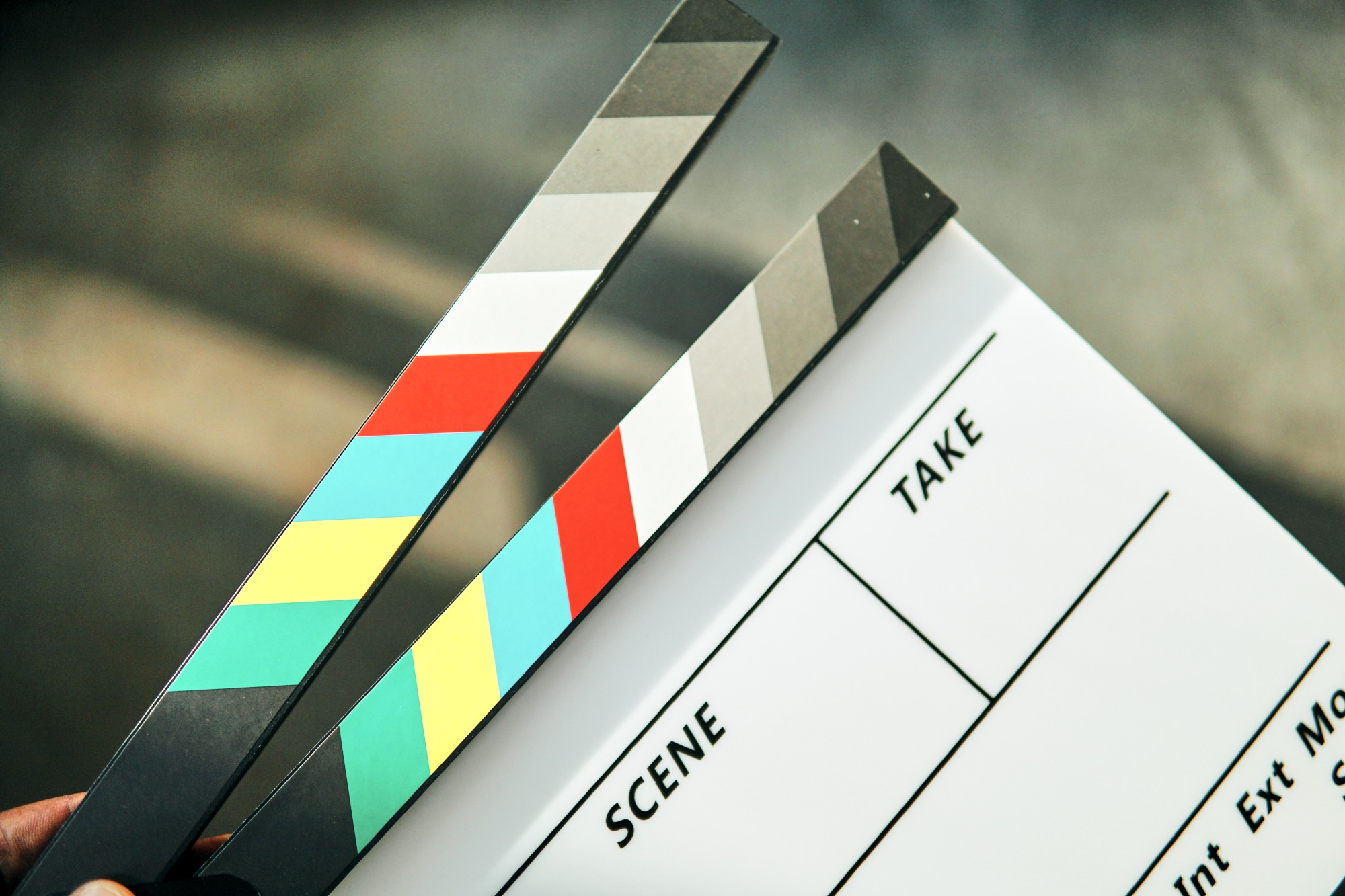
Makeup Artists and those specializing in prosthetics or aging effects are watching their work being replaced by digital touchups and AI-generated facial transformations. Although AI might not be expert in developing face designs as of this moment, the point it will be able to do so, is not far off.
The Change Is Already Here
The integration of AI in Hollywood has already begun, leaving a ton of roles on course to be diminished. It’s a common practice in areas where union protections are weaker or public scrutiny is low.
Marvel, one of the biggest household names in the industry, used AI-generated visuals in its opening credits for the television series “Secret Invasion.” This led to significant backlash from illustrators and motion designers around the world. Warner Bros. wasn’t far behind either. It admitted to experimenting with AI for trailer editing and early-stage development which essentially killed traditional assistant editor roles.
Tech companies Adobe and Runway have introduced tools that let filmmakers remove backgrounds, adjust lighting, and extend scenes through AI. All these tasks are usually assigned to a fully functioning VFX team but it seems as if that isn’t the norm anymore.
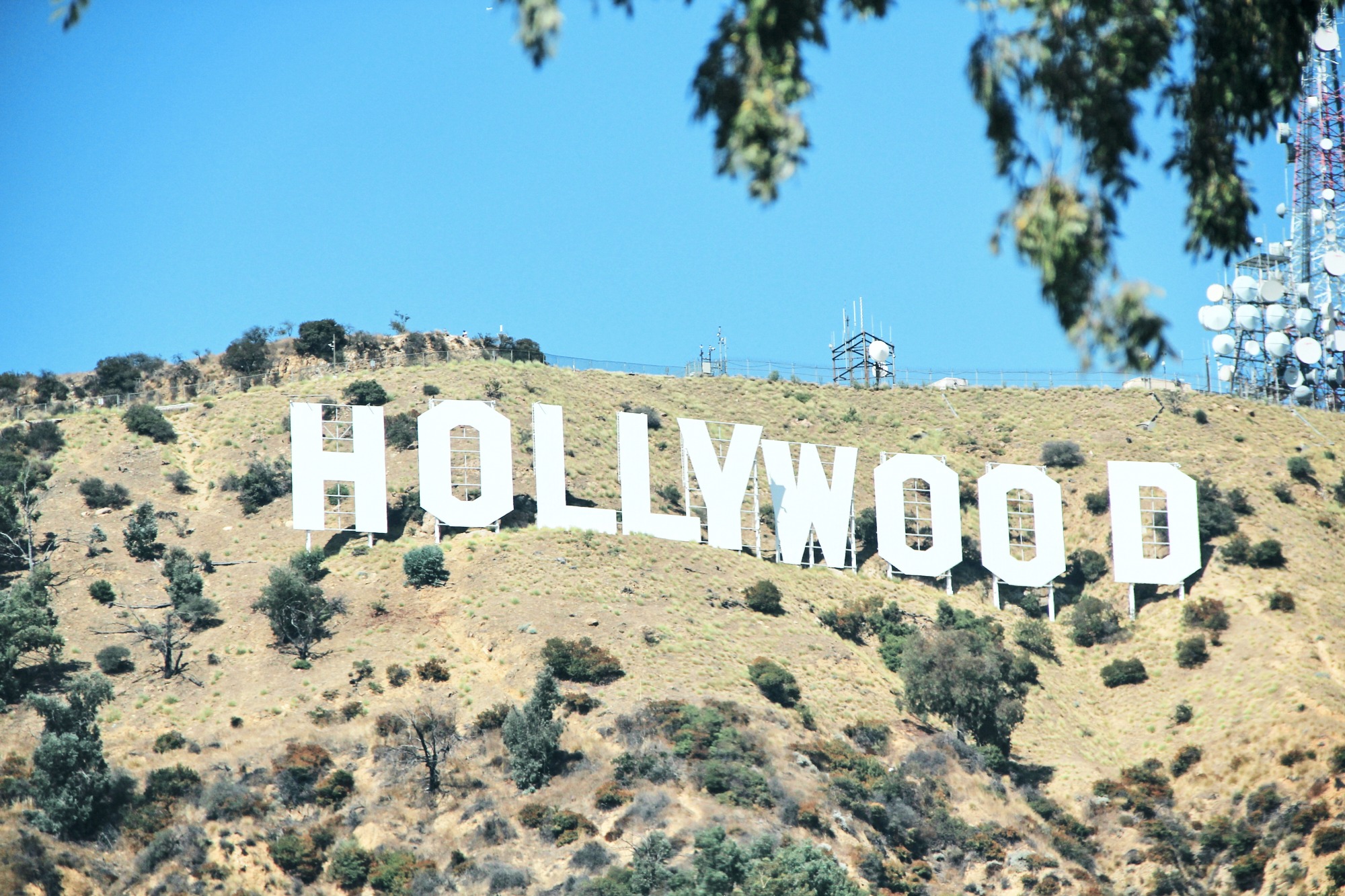
A 2024 survey by Variety found that 36% of film productions reported using AI tools to reduce staffing in phases of pre- and post-production. In a couple of years, who knows how high this number will go.
Why AI?
The two main reasons for replacing human workers with AI is to cut costs or speed up production. But it doesn’t improve creativity, quality, or storytelling.
Costs are cut by labor reduction. Instead of hiring teams that develop concepts and execute it, producers can generate hundreds and thousands of visual ideas, saving both time and money. With MOST of your tasks already automated, it doesn’t make sense to hire an individual that you’ll pay for doing the exact same job.
Yet another driver is speed. Storyboards, sound effects, and script assistance is literally done within minutes through AI. In 2024, a survey from The Hollywood Reporter said that 42% of producers admitted they were using AI primarily to “accelerate production timelines and reduce staffing requirements.”
So although AI is marketed as a creativity gimmick, it’s being used to eliminate creativity and novel ideas instead of using it for optimization.
Actors, Writers, and Beyond
The conversation on AI is usually limited to actors and writers because they are the faces of the industry and those that hold the most power. When audiences think of movies, they think of the stars on the screen or the writers behind the dialogue or script. The reason these roles have such a strong voice is because they represent few of the strongest unions in this industry. Screen Actors Guild–American Federation of Television and Radio Artists (SAG-AFTRA) and Writer’s Guild of America (WGA) being two of them.
These unions thrust AI concerns into the spotlight during the 2023 strikes, with much of the criticism focused on the threat to actors’ image rights. One major concern was that AI could generate realistic videos of actors, replicating their voice, facial expressions, and mannerisms where they say things they never actually said, without their consent.
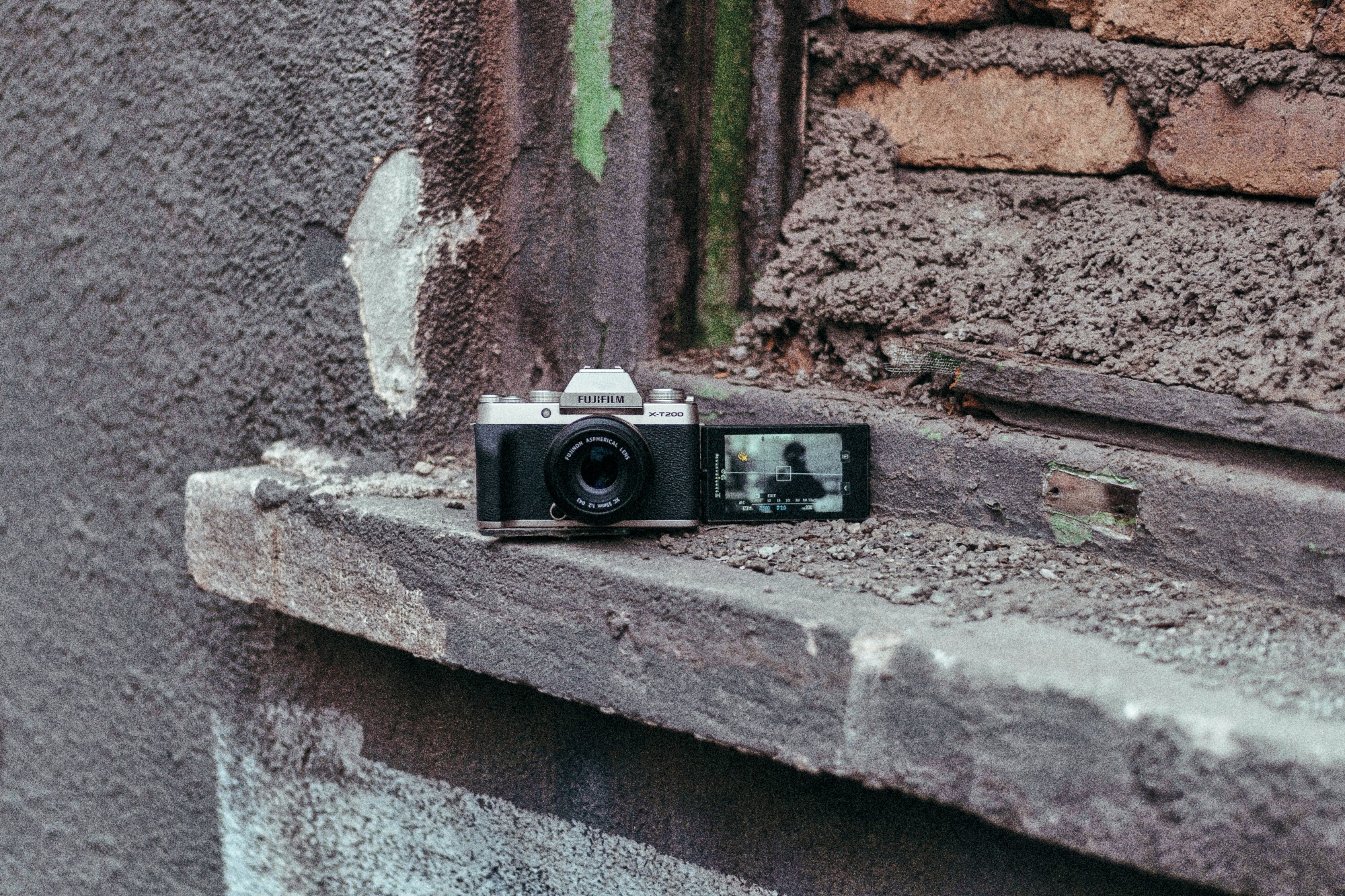
Finally, workers that produce media behind the scenes including VFX artists, sound designers, makeup artists, set creators, and Foley artists, they barely get the same coverage as these star actors. Largely because many people undermine their value to a project, let alone understand the threat AI is to their job.
Survival of the Fittest
For artists, technicians, and assistants that make up the backbone of film production, the future looks bleak. AI poses a serious threat to job security, career growth, and creative agency. As studios adopt AI to automate workflows, below-the-line workers are heading towards massive downsizing.
And we, as viewers, can prepare for a big dip in quality caused by their absence. Maybe then we’ll finally learn the names of all these indispensable jobs we overlook as we stare at the big screen.
More by this author
The Wrap
- AI in Hollywood is increasingly targeting behind-the-scenes workers like VFX artists, concept illustrators, and assistant editors.
- Tools like Midjourney, DALL·E, and Runway are being used to generate visuals and automate post-production tasks.
- Major studios including Marvel and Warner Bros. have already integrated AI into production pipelines, reducing human input.
- Surveys show producers are using AI to cut costs and speed up workflows, not to support creative storytelling.
- Non-union roles are the most affected, lacking the protections that actors and writers have fought for through strikes.
- Makeup artists, sound designers, and set creators now face digital alternatives that nearly match their hands-on work.
- The long-term concern is a drop in film quality as studios prioritize efficiency over artistry by replacing irreplaceable roles.
